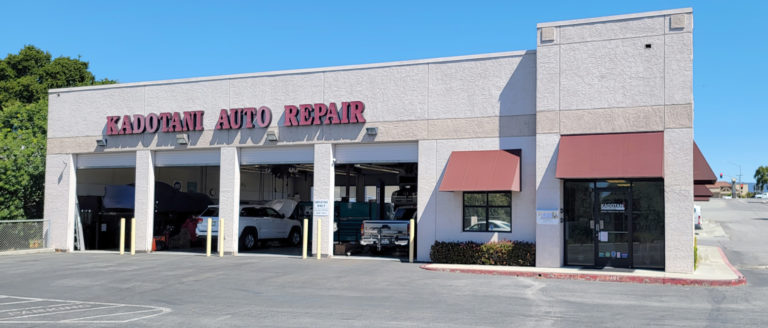
9 Very Specific Steps to Passing a Smog Check
Table of Contents
Car owners often wonder if there is something they can do to improve their chances of receiving a favorable result when it is time for their car’s smog check. Of course, the most simple answer is to make sure that you keep your car in good running condition. This is because a car that is well-maintained and operating at optimal levels will likely present no trouble to its owner at a smog inspection.
But what if your car is not running 100 percent? It can be quite expensive to repair problems with your car when you fail a smog inspection. The good news is there are a number of steps available to you to improve your prospects of a successful smog test.
Clear the Check Engine Light
When a check engine light is activated it spells an automatic failure for a smog check. The next step for you is a diagnosis and fix for the problem causing your check engine light to turn on.
Faulty oxygen sensors are often the cause of check engine lights. Even when the sensors are not totally inoperable they can fail to properly regulate the mixture of air and gas. This will result in a smog check failure. The fix for this problem can be under $200. However, if your oxygen sensors are faulty for too long, your car’s catalytic converter will become damaged. This may cost $1,000 or more to fix.
Drive Highway Speeds Two Weeks Before the Test
It became federal law in 1974 for all cars in America to possess a catalytic converter. This converter takes harmful pollutants produced by cars and trucks and converts them to less harmful substances before they are released through the exhaust system of the vehicle.
Driving your car at high speeds heats the catalytic converter enough so that it is able to torch any oil and gas residue that may be present in your car’s system. A daily high-speed run for about two weeks should do the trick.
Check The Tires
A dynamometer test is used for smog tests in many states. This test involves positioning the tires of the car on rollers and revving the engine up to a high speed while the car remains stationary. Tires that do not possess enough air will cause the engine to overwork itself to reach the necessary evolution speeds.
Tune-Up
Any maintenance your car needs should be performed a good bit of time before the day of your smog checks. Mechanics will often disconnect the battery to your car when they perform a tune-up. The onboard computer of your car will be reset when this happens. You will then need about two weeks of driving before your test to prepare your car for all of the diagnostic checks that make up a smog test.
Change Oil if Needed
Pollutants can be released from your car when there is dirty oil in the crankcase. This could cause a negative result for your smog check. You can also ask your mechanic to check for any disconnected, broken, or cracked hoses while he or she is changing your oil.
Check Gas and Coolant levels
The engine of your car will be forced to run at a high speed while undergoing a smog test. For this reason, it is important to make sure there is sufficient coolant in your car. The time your car spends on a dynamometer will possibly place your car at an angle. If the gas level in your car is low, your fuel pump could be exposed and vapors may end up in your fuel line. This will also cause you to fail a smog test.
Invest in a Pre-inspection
Many states make pre-inspection smog checks available to car owners at a lower cost than the official taste. This test will inform you as to whether your car would pass the smog test or not but the results of the test will not be recorded. A pre-inspection is a good idea for anyone who feels their car is on the borderline for passing the smog test.
Rainy Days
Experts are not in agreement regarding whether rainy days are better or worse for a smog test. One argument is that wet tires are more likely to slip once placed on the dynamometer and possibly result in a smog check failure. The other side of the argument states that the extra humidity present on rainy days will decrease the emissions by your car and improve the chances of a positive smog test result.
Additions to Fuel
Older cars are at risk for fuel clogs that can change the way an engine runs. A good fuel additive will prevent this clogging and increase the chances your car will pass an upcoming smog test. Some states have taken a proactive approach to this issue and already provide necessary additives to fuel. You should investigate the needs you may possess as it relates to your state of residence.
The Bottom Line
Many car owners view smog tests as nothing more than a bureaucratic hassle. However, the car owner that takes the time to understand the test and how it works will do much better than the car owner who walks into the process completely unprepared. The nine tips above are available to car owners who want to improve their chances of passing a smog test.
At Kadotani Auto Repair, you can always rely on us for honest and fair quotes, superb pricing, and skilled automotive labor that won’t break up your piggy bank. If you have a maintenance or repair issue with your Toyota, please call us today to schedule a highly skilled inspection and maintenance or repair.
CALL NOW: 831-728-4212


